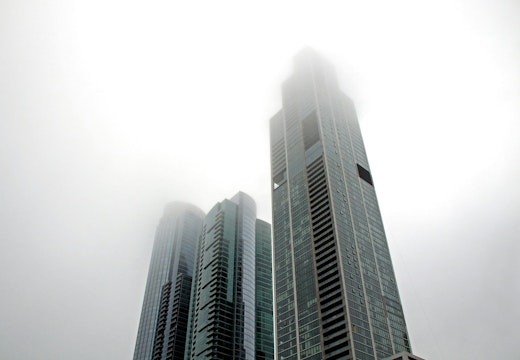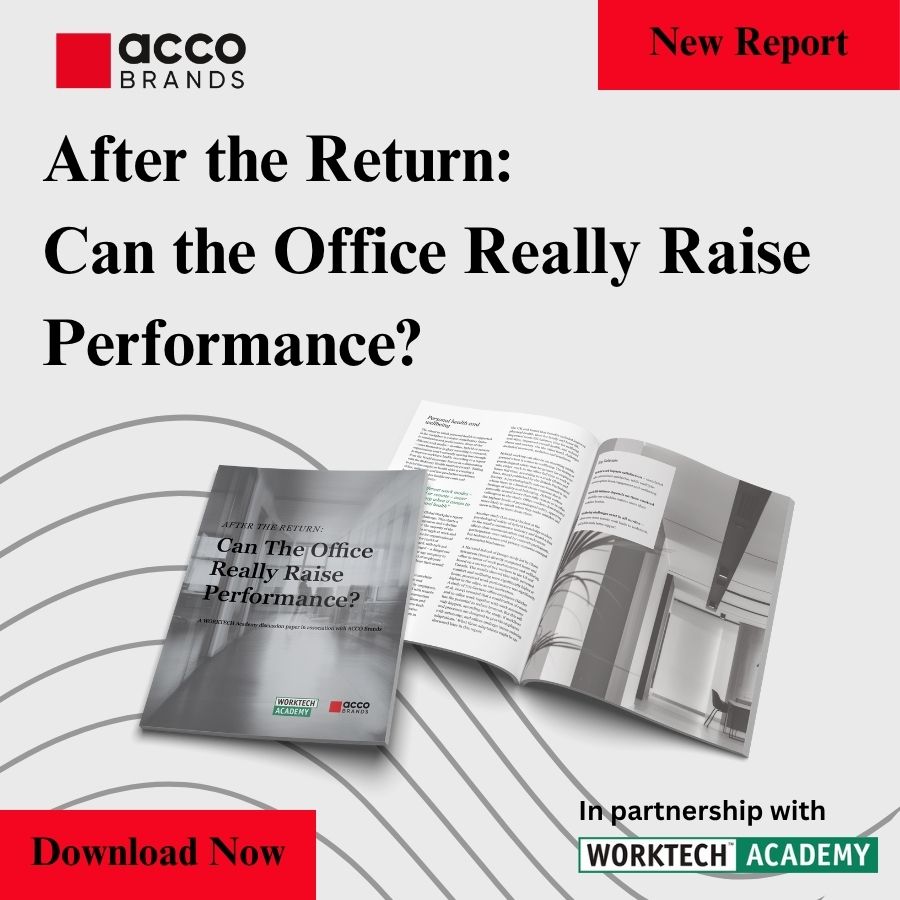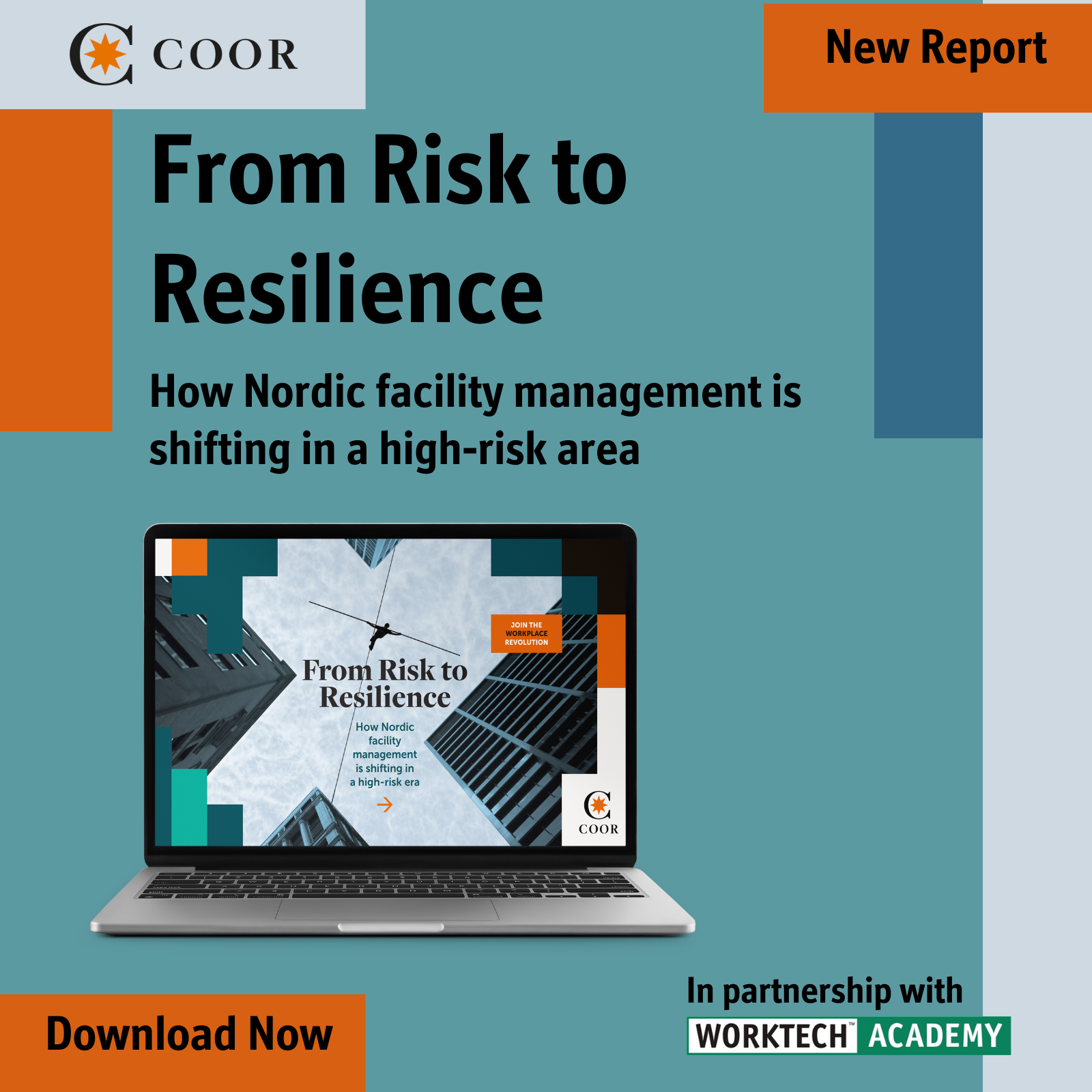From castle to condominium: new book charts office history
Offices have received less critical attention than other types of building The author of a new book on office work explains why such attention is overdue and takes us through five stages of evolution
My new book, A History of the Office and Office Work: from Castle to Condominium, traces the history of office work, office buildings and the office workplace.

New book on the development of office work by Rob Harris
Offices today form a ubiquitous part of the urban landscape; they are largely taken for granted, rarely drawing the attention of city dwellers or tourists in the way that cathedrals, museums or palaces do. But despite this familiarity, the origins and history of offices are not widely known. Both academic writing and broader socio-economic histories have neglected offices compared, say, to the history of manufacturing.
The historic relationship between the economy, business, office work and office workplace has remained the preserve of a few specialists. This book traces how these elements have co-evolved, as changes in the economy and society have driven changes in work which, in turn, have driven changes in the office workplace.
1670-1770: Coffee houses and bankers
The story begins in the aftermath of the Great Fire of 1666, with the emergence of insurance companies, and when merchants gathered in coffee houses to gossip, trade and socialise. In this period, the concept of a ‘company’ was born (with joint stock companies) and we had a financial revolution, that led ultimately to the birth of the modern office economy. The Industrial Revolution could not have happened without this earlier, radical reshaping of the nation’s financial markets.
Goldsmiths and merchants morphed into early bankers, the former creating private banks for the wealthy, the latter merchant banks for trade. Along with the new businesses, the role of the clerk (the first office worker) expanded. Offices at this time were known as shops, occupying the ground floors of residential buildings. Either the banker and his family or the clerk lived ‘over the shop’.
1770-1870: Clerical factories
During this time, offices grew in scale but remained largely domestic in appearance. The work of the clerk became increasingly mundane and laborious; days were long, and primitive offices were heated by coal fires, ventilation was poor, and lighting was either natural or by candle.
Joint stock banks emerged, replacing the old family businesses with a far more commercial business culture. This resulted the introduction of ‘managers’, further eroding the once close owner-clerk relationship. Joint stock banks also revolutionised the design and occupation of offices with purpose-built office buildings pushing the boundaries of grandiosity and ostentation as they competed for customers. The 1820s also saw the world’s first speculative office building.
1870-1940: Corporate offices
The later years of the 19th century saw the rise of modern corporations (literally in case of American skyscrapers) with their ever-expanding clerical workforces. And approaches to office design and management in the US and Europe diverged along what are described as ‘rational’ and ‘cultural’ lines. See
The office mechanised (typewriter, telephone, telegraph, adding machine, addressograph, etc) leading, it has been argued, to a new proletariat. Working conditions remained poor, not just in terms of the physical environment, but also in the rigid social hierarchy of work. The office workforce also feminised during this time, with enormous social consequences both within the office and beyond. The period saw the extinction of clerking and the arrival of ‘office work’.
1945-2020: Digital offices
The post war period saw the consolidation of corporatism: the enormous bureaucracies, the rise of ‘company man’ and the emergence of the middle class. Large armies of anonymous, identikit office workers employed by vast corporations, were overseen by the ‘managerial demiurge’. Work and workplace co-evolved during this time. Designers experimented with office landscapes, including Bürolandschaft and the combi-office in Europe and the cubicle office in the USA. Electric typewriters and Xerox copiers were leading-edge technologies, along with air conditioning and fluorescent lighting.
The mid-1980s saw the birth of the digital revolution in the office: personal computers revolutionised work once again, and their impact was compounded by email, the internet, mobile/smart phones and then social media. Within a very short period the world of work was turned upside down, with the rise of the knowledge economy, knowledge business and knowledge work, along with a switch from corporatism to individualism with major impacts for social relations in the office.
2020 onward: network offices
The book argues that we stand on the cusp of a new era – the network era. Social attitudes to work are changing and the notion of working for a single employer over decades is rapidly disappearing. Growing numbers of workers now ‘self-manage’ and exercise choice over where, when and how they undertake their work. In addition, the ‘corporate islands’ of past times are becoming more permeable.
The network era will demand innovative approaches to the design, delivery, occupation and management of offices. As well as providing physical places from where company plans, priorities and purpose can be directed, and places where work ‘can get done’, the role of offices in the network era will include providing a venue for meeting, collaborating, sharing, learning and socialising Just like the coffee houses three centuries ago.
A History of the Office and Office Work: from Castle to Condominium, by Rob Harris, is published by Routledge (2025).
Read an extract from the book in WORKTECH Academy’s Innovation Zone, which provides premium content exclusively for our members and partners.
 Dr Rob Harris is a consultant and analyst in the commercial real estate sector, where he has spent over four decades advising, developers, investors, occupiers and public sector bodies. He established Ramidus Consulting in 2023 as an independent built environment research and advisory business.
Dr Rob Harris is a consultant and analyst in the commercial real estate sector, where he has spent over four decades advising, developers, investors, occupiers and public sector bodies. He established Ramidus Consulting in 2023 as an independent built environment research and advisory business.







